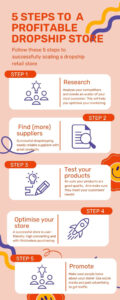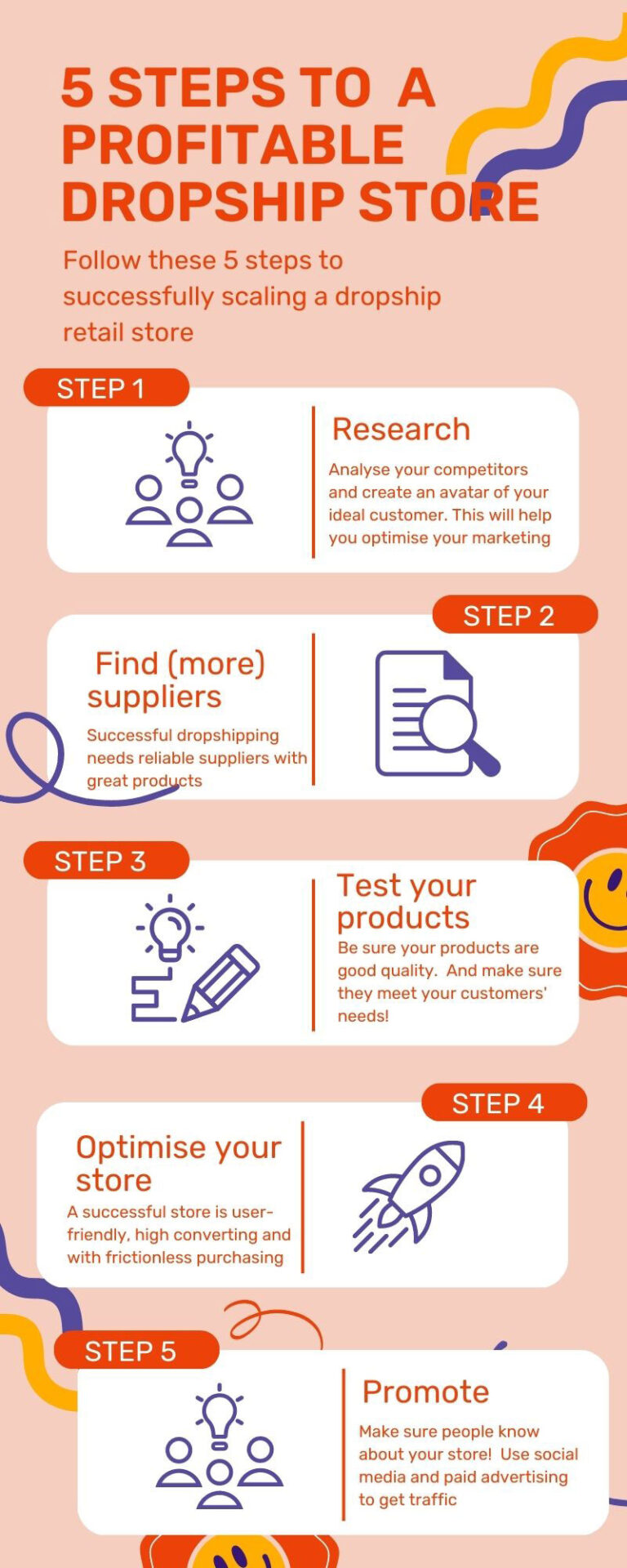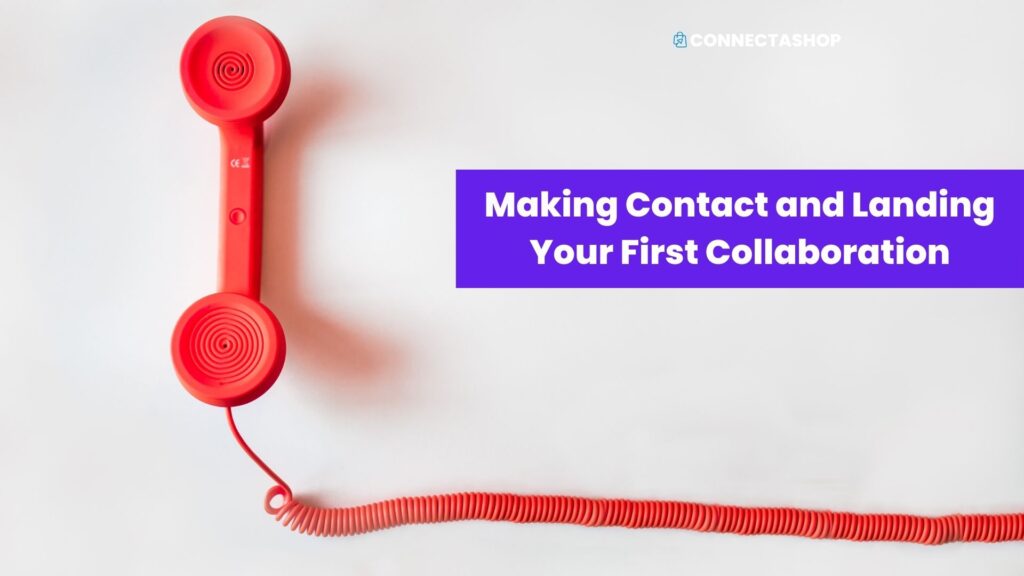How to Scale a Dropship Retail Store

The retail industry has been through a seismic shift in recent years, with the rise of e-commerce and online shopping.
Dropshipping is also becoming more common, although many consumers do not recognise that they are purchasing from dropshipping outlets when they buy online.
The dropship model is a powerful way for budding entrepreneurs to join the retail revolution without having to invest in large quantities of stock upfront, or maintain inventories in brick and mortar premises.
With dropshipping, e-commerce entrepreneurs can focus on finding and selling profitable products and let their suppliers worry about the logistics. It’s a low risk and high-return way to make money online.
If you are just starting out, the world of dropshipping can be intimidating. Many shy away from it, fearing the challenges of setting up and scaling.
However, starting and growing a dropship-based store doesn’t have to be complex. This guide will help you set up for success, build a framework to scale and unlock the potential of your store and brand to maximize your success.
Step 1: Research your Market
The first step for any dropship retail store is to get to know your target market. This means researching the competition in the your online space and understanding your ideal customers.
Researching your competition means finding other stores that are servicing the same people, solving the same problems or selling hte same products, then analysisng them to understand what they are doing well and what they are not doing well.
To do that, you must examine their product offerings, pricing models, customer reviews and website design, branding elements and digital presence.
Use the information you gather to identify areas of opportunity where you can improve upon your competitors’ offerings and ways in which you can differentiate yourself from them. Look for signs in your competitors’ stores that provide clues about what customers are looking for.
Your competitors successes can become the model for strategies that you can try – make sure to put your own spin on things, don’t just copy another business’ products or websites. You can get inspiration from their marketing messages and campaigns. It’s also inspiring, and a little comforting to find things that your competitors are not doing well.
Don’t forget, just because an advertisement or promotion is on the internet doesn’t mean it is working!
Your ideal customer is the person you have the best chance of selling the most products to. To visualise your ideal customer you can create a customer avatar, which is a representation of a real person. Your customer avatar should have a definite age, gender, interest, income, and perhaps geographical location.
You can create a customer avatar by asking your existing customers about their demographics and interests, or by using online tools like Google Trends and Survey Monkey.
You may discover that you have a few different customer types. For example, if you sell baby wares your customers might include both parents-to-be who are buying for their new baby and grandparents who are buying gifts. In this case, it can be helpful to create a second customer avatar. Just be sure you know which customer you most want to satisfy… remember, you can’t please all the people all the time….
Step 2: Find Dropship Suppliers
Once you’ve done your market research, the next step is to find multiple dropship suppliers. This can be a daunting task, and there are a few things you need to consider when sourcing suppliers.
HINT: a dropship supplier is the company that holds the products your customers will get. They store, pack and ship the products to your customers on your behalf. You pay the supplier for the products, and your customers pay you.
When you work with a dropship supplier you are providing them with a new place to sell their products. It’s a win-win!
The first thing to look for in a dropship supplier is quality. Product quality is important because it will determine how satisfied your customers are with the products they’ve purchased. Satisfied customers will return and buy from you again. Returning customers are much more profitable than new customers because you don’t need to run costly advertising campaigns to reach them.
When sourcing suppliers, make sure you check reviews, ask for samples, and read the fine print in their policies.
The second thing to look for is pricing. Prices need to be competitive so that you can maximise your profits. The best way to compare prices is to look at a few different suppliers and compare their rates.
Thirdly, make sure that your supplier can work with you to look after your customers with courtesy and fast response times. Nothing hurts an retail store’s reputation more than poor customer service.
Finally, look for a supplier that offers fast shipping. Timely delivery is essential to keep customers happy and ensure repeat purchases.
Step 3: Test Your Products
Once you’ve found one or more quality suppliers, the next step is to test their products. You need to do this to ensure that you understand the products you will be selling and that they meet your expectations in terms of construction and materials.
Remember, it is against the law to make misleading statements about products you are selling, so it is important to get accurate information from your suppliers.
Product testing can be done in several ways. The simplest way is to order samples from each potential supplier and test them yourself. This will give you a clear understanding of the quality of the products and how they’ll be received by your customers.
Another way to test products is to ask existing customers to review them. Choose a small number of customers and ask them to provide feedback on the quality, usability and value of sample products you have sent to them. This will give you an insight into how your customers view the products and will help you refine your product offering.
Step 4: Optimise Your Store
Once you’ve found some suppliers and tested your products, the next step is to optimise your store. This can be done in a number of ways.
The most important criteria for an online store is a user-friendly interface. This means having a website that’s easy to navigate and that provides an enjoyable user experience. It should be mobile-friendly and include features such as search filters, product descriptions, and customer reviews.
You will also need to optimise your product descriptions. Product descriptions should be clear and detailed, and should explain the features and benefits of each product. Include images and videos to give customers a better understanding of the product.
Finally, make sure the checkout process is frictionless and convenient. This means making it easy for customers to complete their purchase. You should include a range of payment options, offer free shipping and provide discounts or promotions to encourage customers to complete their purchase.
Step 5: Promote Your Store
There is no point having a beautifully optimised store if no one ever sees it. There are millions of online stores and yours will be lost among all the others if you don’t let people know about it. Promoting your store is absolutely critical.
Many store websites have a space with articles and blog posts where visitors can read about your products and your story. Posts, images, ‘about’ pages and videos are a powerful way to build trust with your customers. Use promotions on social media, or paid advertisements to send people to the content on your website.
Social media is another place to promote your store. Post regularly and engage with your customers to increase brand awareness and drive more sales.
Finally use email marketing to build relationships with your existing customers and increase sales. Offer discounts and promotions, and use segmentation to personalize emails to different customer groups.
The journey to success in a dropship retail store won’t be easy, but with the right plan and unwavering determination, you can climb to the top. Put in the hard work, commit to the strategies outlined here, and you’ll be well on your way to achieving your goals. Best of luck!





